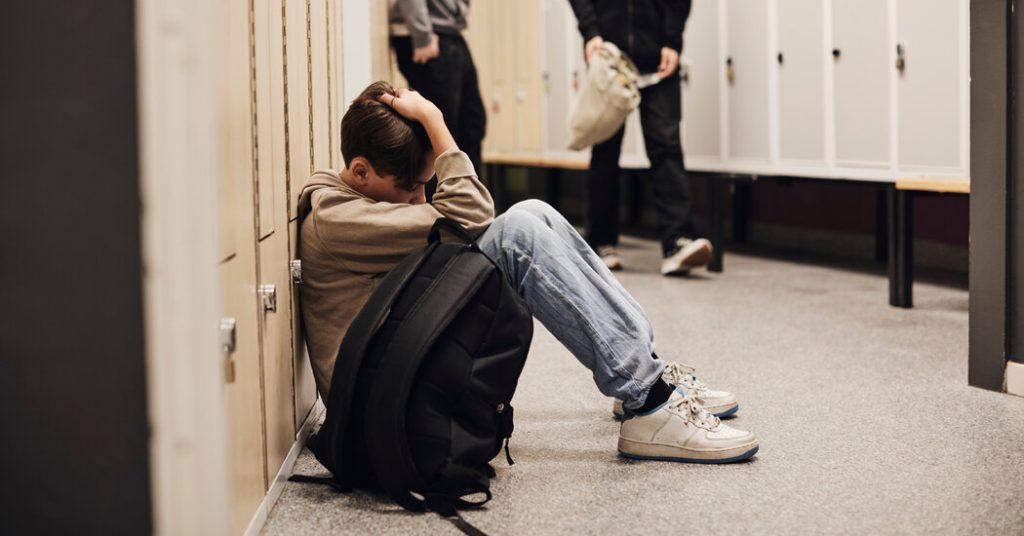Chloé Johnson, 22, has been feeling hopeless these days.
She’s struggling to deal with courses at her area people faculty in Dallas whereas additionally working full-time, making $18 an hour as a receptionist.
Her automobile broke down, so the $500 that she had managed to save lots of will now go towards a down cost for a used automobile.
And she or he was just lately handed over for a promotion.
“Proper now it simply feels, like, very suffocating to be on this place,” mentioned Ms. Johnson, who was recognized final yr with bipolar II dysfunction, despair and A.D.H.D. “I’m not getting wherever or making any progress.”
It’s an infinite loop: Ms. Johnson’s psychological well being has worsened due to her monetary difficulties and her monetary issues have grown, partly due to the price of psychological well being remedy but additionally as a result of her problems have made it tougher to earn a university diploma that would result in a extra profitable job.
“I’ve failed a number of courses,” she mentioned. “I burn out actually simply, so I simply surrender.”
The mental health of adolescents and younger adults has been on the decline and it’s partly due to “dangerous megatrends” like monetary inequality, in line with a new report printed on Tuesday within the scientific journal The Lancet Psychiatry. The worldwide tendencies affecting youthful generations additionally embody wage theft, unregulated social media, job insecurity and climate change, all of that are creating “a bleak current and future for younger individuals in lots of nations,” in line with the authors.
Why deal with world tendencies?
The report was produced over the course of 5 years by a fee of greater than 50 individuals, together with psychological well being and financial coverage consultants from a number of continents and younger individuals who’ve skilled psychological sickness.









